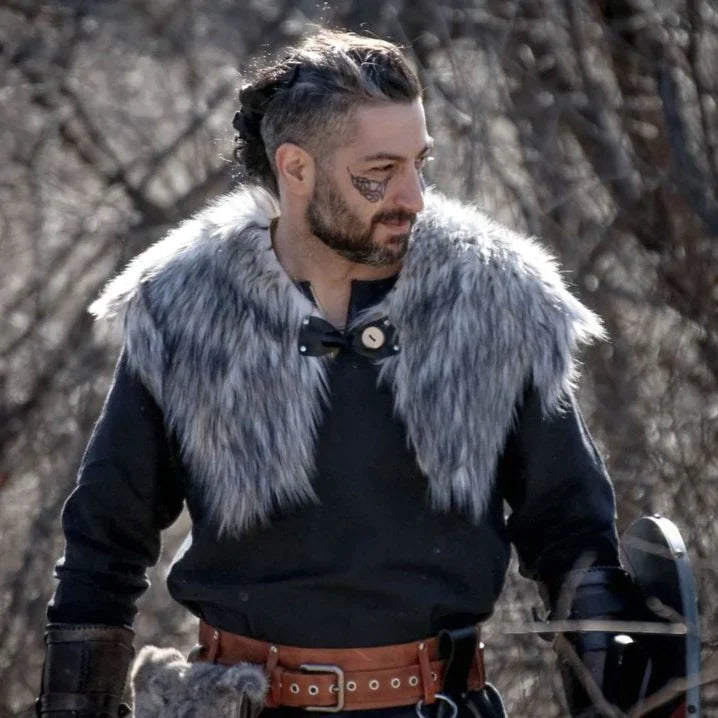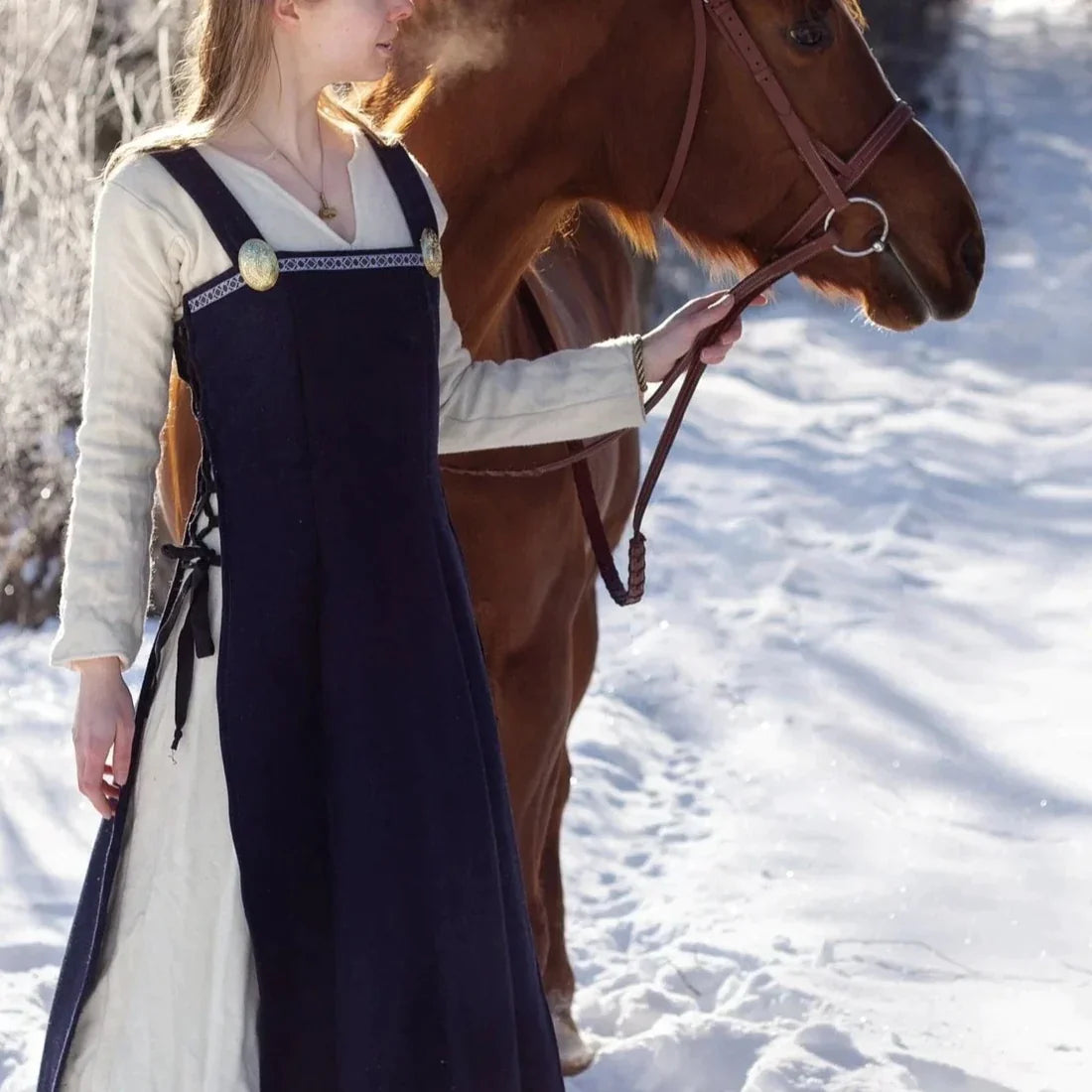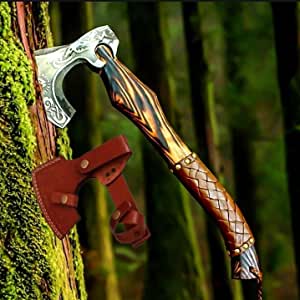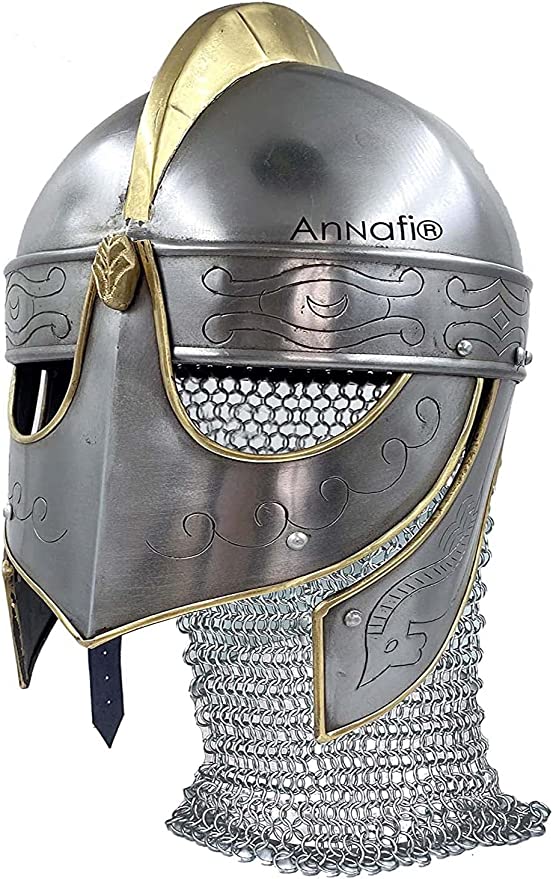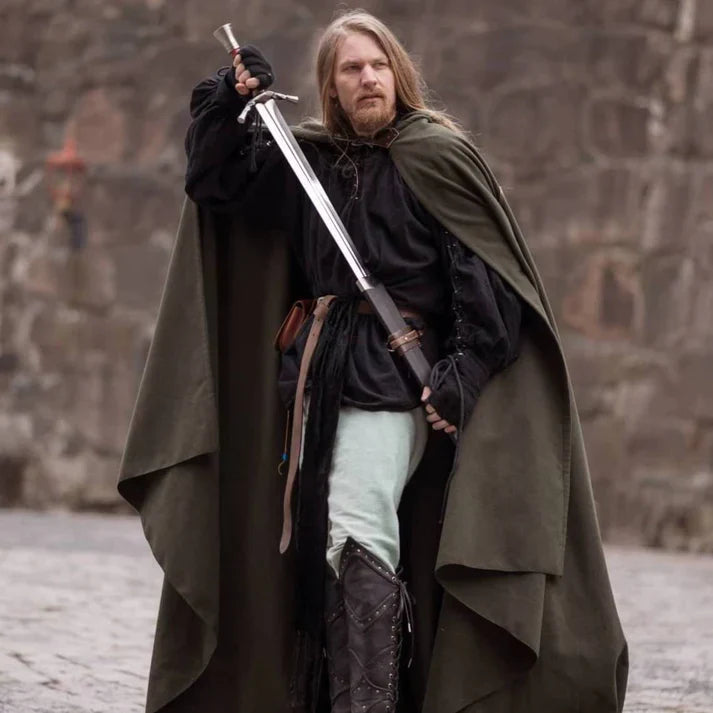The Valknut symbolizes the ancient Norse belief system, featuring three interlocking triangles. It is also referred to as the "Knot of the Slain" and "Hrungnir's Heart," signifying its significance. The symbol holds a strong association with the god Odin, often depicted with a spear and a helm embellished with the Valknut. Throughout the Viking Age, the Valknut has appeared on a multitude of artifacts and inscriptions, showcasing its rich historical significance.

One of the most significant features of the Valknut is its triple interlocking design. According to Norse mythology, the design of the Valknut is believed to symbolize the interconnectedness of the nine worlds. The mythology teaches that the mighty tree, Yggdrasil, served as the link connecting these worlds. The Valknut serves as a representation of this profound connection among the realms. The three triangles also represent the three aspects of Odin: his wisdom, his ability to shape the future, and his power over death and the afterlife.
Odin's Power and Influence: The Symbolism of the Valknut
Another interpretation of the Valknut is that it is a symbol of the god's power over fate and destiny. In Norse mythology, Odin possessed the magical abilities to alter the course of events and sway the outcome of battles. The Valknut, characterized by its three overlapping triangles, likely symbolized Odin's power to influence events, solidifying its representation of his might. Furthermore, the Valknut held a close association with death and the afterlife. It frequently adorned grave sites, signifying Odin's authority in selecting those destined to perish in battle and join him in Valhalla, his majestic hall. The symbol may also have represented the idea of rebirth and the cycle of life and death, with the three interlocking triangles symbolizing birth, life, and death.
Prominent Presence: The Valknut in Viking Art and Architecture
The significance of the Valknut is evident in its widespread use in Viking art and architecture. It served as a prominent decorative motif on various items, including weapons, jewelry, and other objects. Furthermore, the Valknut symbol was found on standing stones and monuments. It was serving as a representation of the power and authority held by those who commissioned these structures. The symbol's association with Odin also made it a popular choice for those who wished to invoke his protection or seek his guidance.
In modern times, the Valknut has become a popular symbol in neo-pagan and heathen movements. The Valknut frequently serves as a representation of Norse mythology and culture. It symbolizes the enduring link between the past and the present. Acknowledging the misappropriation of the Valknut symbol by specific white supremacist groups is indeed crucial. These groups distort its meaning and falsely assert a connection to ancient Norse culture. It is essential to separate the symbol's legitimate historical and cultural significance from its misrepresentation by these hate groups. However, it is important to note that the Valknut has no inherent association with racism or hate. Moreover, its use by such groups is a distortion of its true meaning and significance.
In conclusion, the Valknut is a powerful symbol that has played an important role in Norse mythology and culture. Its triple interlocking triangles represent the interconnectedness of the nine worlds, as well as the three aspects of Odin. The symbol's association with death and the afterlife also makes it an important symbol of rebirth and renewal. Although some hate groups have co-opted the Valknut, its true meaning and significance continue to hold a crucial place in Norse heritage and mythology.

